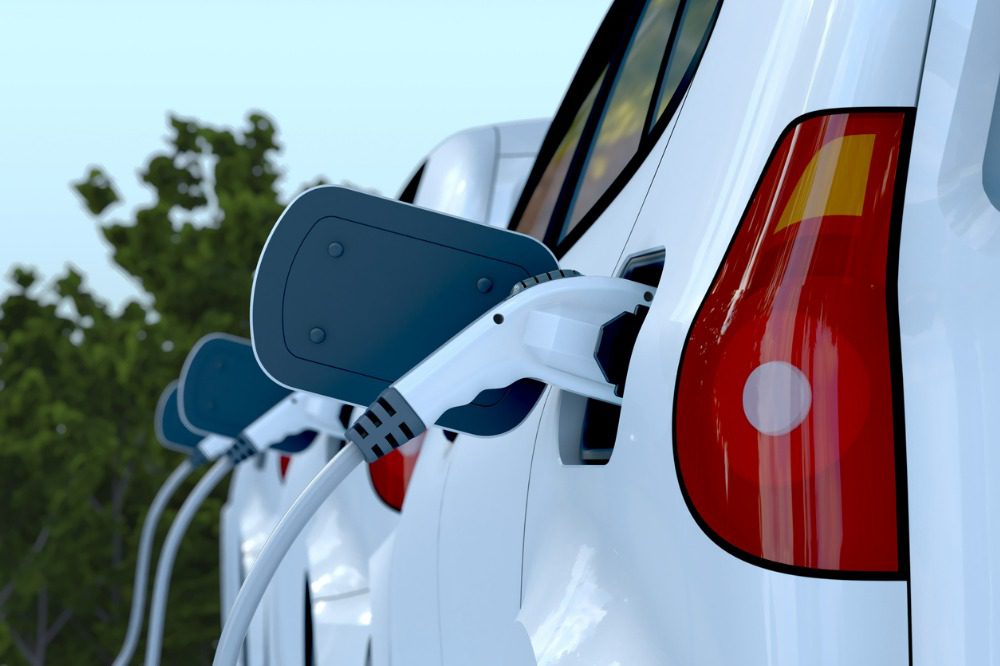Florida’s electric vehicles are catching fire after Hurricane Ian

“Moreover, it’s especially dangerous if there’s an EV, golf cart, or scooter in a storm ravaged home,” Patronis said. “The battery system can become compromised, prompting a fire, which is again, something we really don’t experience with combustion engines.”
Patronis urged Floridians not to turn on EVs, or plug them in or unplug them, and to seek professional assistance to move the vehicles.
“Improperly moving an EV can recharge the batteries, potentially creating a fire,” Patronis said.
More than 9,700 EVs are registered to drivers within Lee, Collier, and Charlotte counties, some of the worst affected areas by the hurricane, which made landfall as a category four storm in late September. Car manufacturers have not provided data on where these vehicles were located prior to the hurricane.
Read more: Revealed – how many insurance claims related to Hurricane Ian have already been filed
Approximately 3,400 Teslas could have been within a 50-meter impact zone, in areas that were “inundated” by salty storm surge waters, FLOIR said.
The CFO has reached out to EV manufacturers and continues to have “conversations” with Tesla, which has requested FLOIR promote its website so that drivers can access further information, Patronis said.
“As I have stated, we have a real-world experiment ongoing in Florida with saltwater and EVs, and it’s in the manufacturer’s interest to do something about it before we have further loss of property, or heaven forbid life, in Florida – or in other parts of the nation,” Patronis said.
“Due to fire reignition risks, it’s a concern for the rest of the nation if EVs compromised by saltwater are resold, and we’ve already gotten unconfirmed reports of these causing fires outside of Florida.”
The warning comes two months after AXA’s Swiss unit apologised for staging a fake EV battery fire at a crash test event. The Tesla vehicle did not have a battery in it at the time of the crash, with the fire instead simulated by pyrotechnics.
Read more: AXA unit makes apology on back of Tesla crash test controversy
The crash test blaze was simulated to demonstrate the “extremely tricky” nature of EV fires, AXA said in its apology, as it conceded that its statistics showed that EVs did not catch fire more than vehicles with combustion engines.





